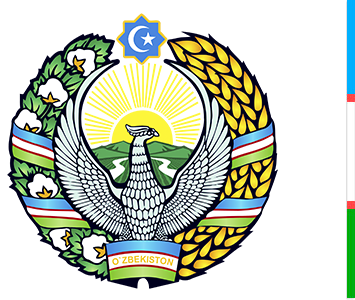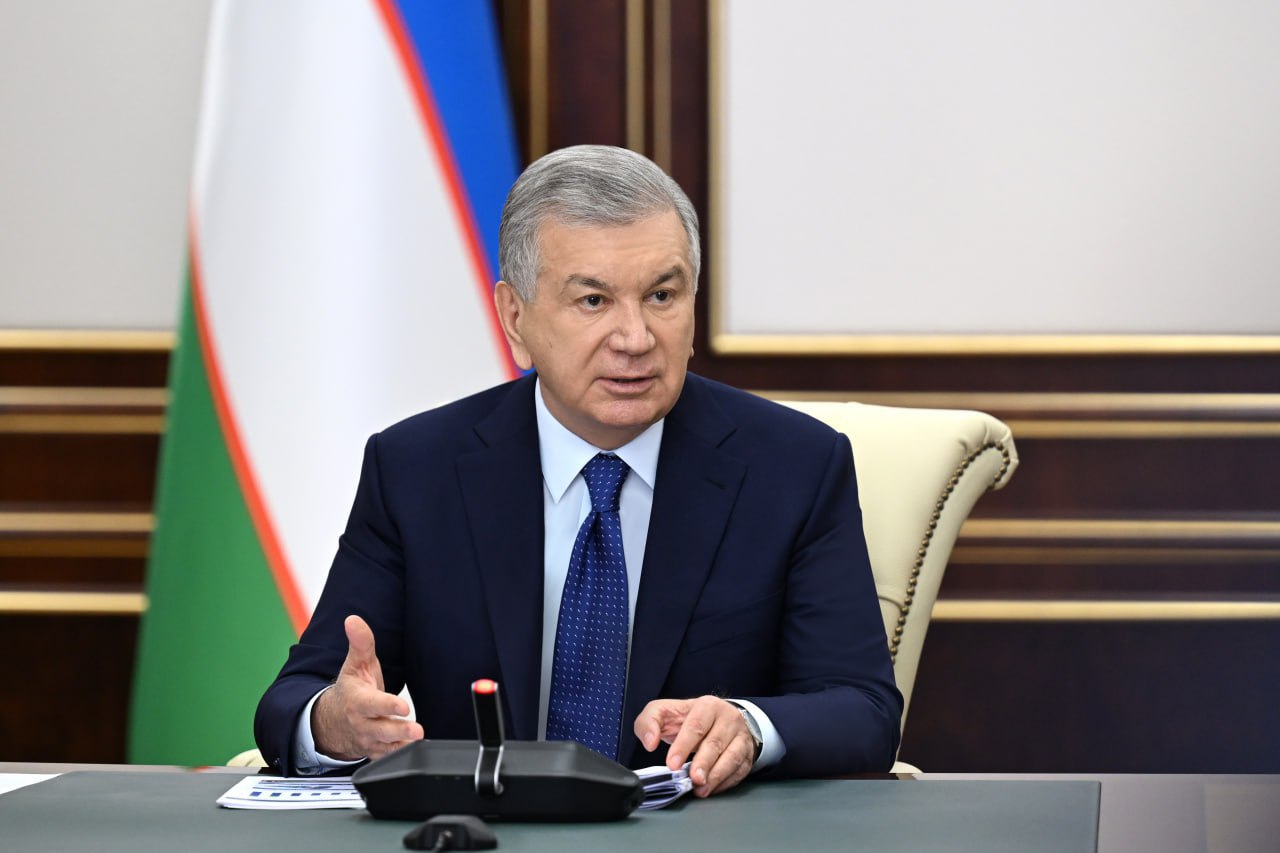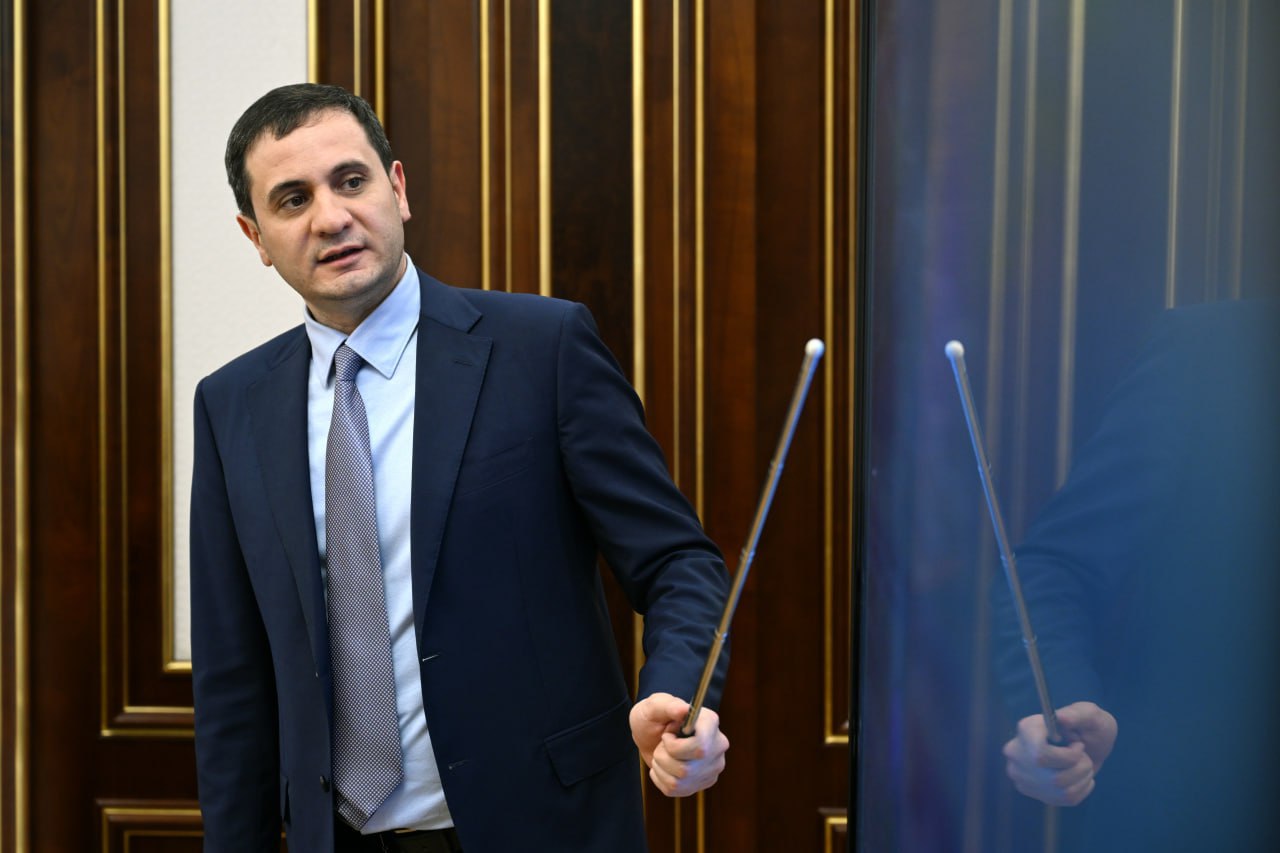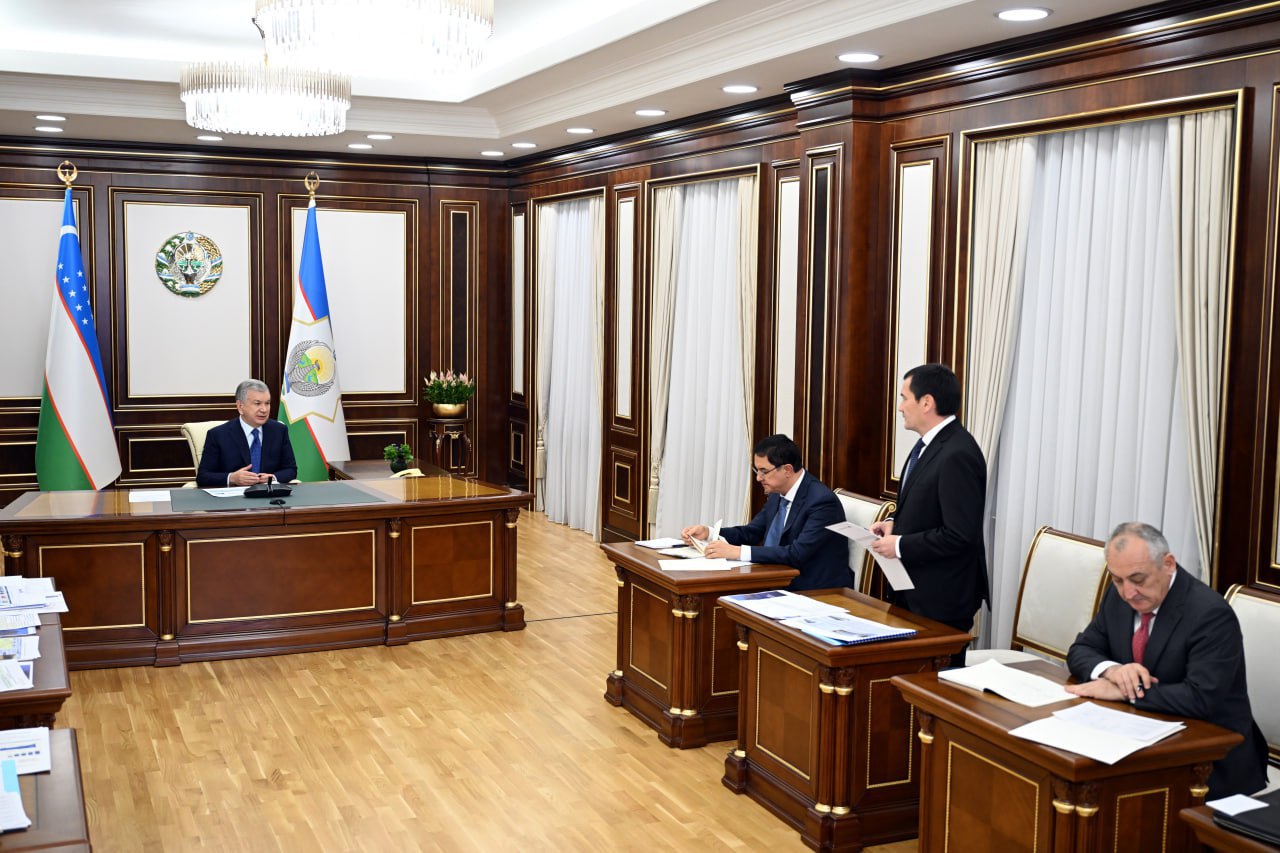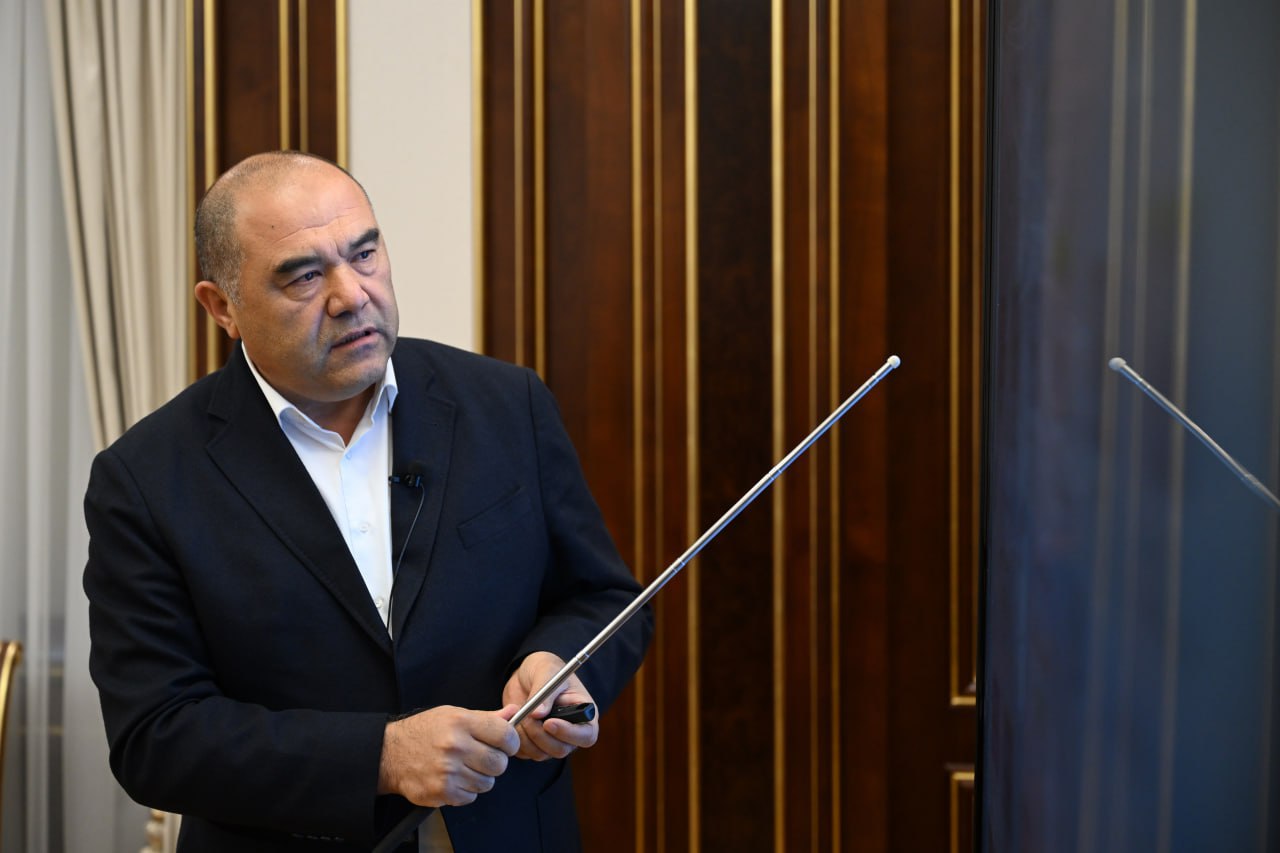
13.11.2025
President Shavkat Mirziyoyev was briefed on the ongoing works in the railroad sector and plans for upcoming years.
The large-scale transformation processes initiated in the railway sector are already yielding positive results. The industry ended last year with a net profit for the first time, and for the first nine months of this year, net profit exceeded 800 billion soums. The volumes of transit and passenger traffic, exports and investments are growing.
The presentation emphasized the need to go beyond these results and improve the quality and volume of rail transport services in line with population and economic growth, as well as continue to reduce costs in the industry.
Specifically, it was noted that the implementation of artificial intelligence-based control at all stages – from shipment accounting to traffic management, cost analysis, and the identification of potential losses – will reduce costs by 20 percent.
It was noted that passenger and freight traffic volumes should at least double between 2026 and 2030. To achieve this goal, it is planned to build 151 kilometers of new and electrify 182 kilometers of existing railway lines, as well as modernize 27 existing stations and 1 thousand kilometers of railways.
In particular, new electrified railway lines will be built on the “Nurafshan-Pskent-Buka-Bekabad-Bayavut-Yangiyer” and “Khavast-Dashtabad” routes. Plans are underway to electrify the “Kumkurgan-Kudukli”, “Samarkand-Urgut”, and “Baytkurgan-Parkent” routes, as well as to increase capacity on the “Tashkent-Samarkand”, “Tukimachi-Angren”, and “Angren-Pap” routes. To boost commuter rail services, it is proposed to open 15 new routes in addition to the existing 40.
Particularly, the establishment of commuter service on routes such as “Tashkent – Nurafshan – Akhangaran – Angren”, “Navoi – Zarafshan – Uchkuduk”, “Kagan – Namangan – Andijan – Margilan”, “Termez – Kumkurgan – Baysun – Darband”, “Nukus – Shavat – Urgench – Khiva”, “Jizzakh – Dustlik – Aydar-Arnasay”, and “Karshi – Shakhrisabz” will create favorable conditions for daily travel.
The meeting also discussed the issue of expanding networks for high-speed trains. Instructions were given to expedite the commissioning of the 102-kilometer “Navoi-Bukhara” railway line. It was noted that the launch of this line will significantly reduce the time and costs of freight and passenger transportation.
Plans were also outlined to expand the locomotive and railcar fleet for new routes being opened and built in the coming years.
Specifically, it’s planned to purchase 38 mainline locomotives, 50 shunting locomotives, and hybrid shunting locomotives from China. It was instructed to deliver six high-speed electric trains, and to commission the first of them on the Tashkent-Urgench-Khiva route next year, jointly with the Korean company Hyundai Rotem. This is expected to reduce travel time from the current 14 hours to 7,5 hours.
Furthermore, passenger transportation will be expanded through the production of 250 modern passenger cars and the acquisition of 23 intercity electric trains. Targets have been set for the manufacture of 10 thousand freight cars, the refurbishment of over 6 thousand freight cars, and the overhaul of 12 electric locomotives.
The need to expand public-private partnership projects in the railway industry was also noted.
In addition, the meeting reviewed the progress of practical work on the construction of the “China–Kyrgyzstan–Uzbekistan” railway.
The President emphasized the strategic importance of this project for enhancing transport connectivity in Central Asia and strengthening Uzbekistan’s transit potential, and gave specific instructions to ensure the high quality of construction work.
In conclusion, the responsible officials were tasked with ensuring the timely and efficient implementation of projects aimed at modernizing and expanding the railway network, broadly integrating digital technologies and artificial intelligence, optimizing costs, and creating a more comfortable, safe, and reliable environment for both passengers and businesses.
